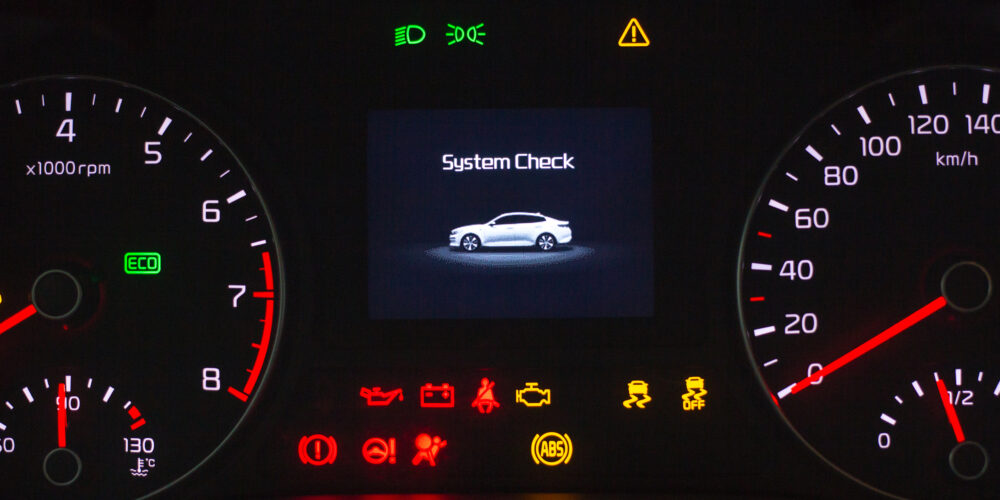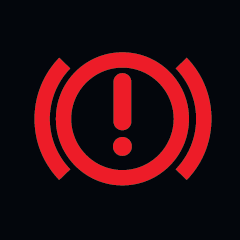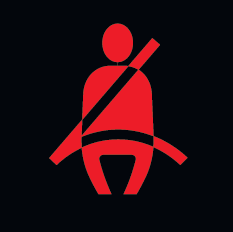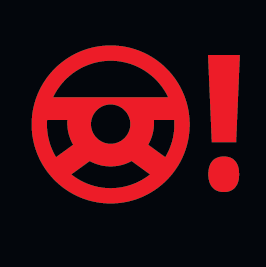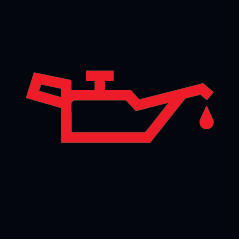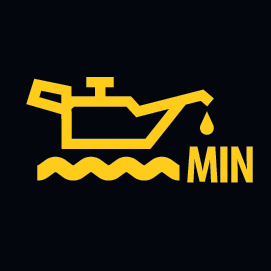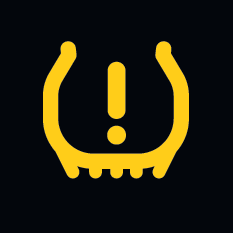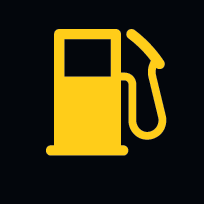Warning lights can tell us a lot about what’s going on with our cars, but how many of the common lights do you actually know? While our team of qualified mechanics will know and understand these lights and what they mean, having an understanding for yourself can help you determine which issues are a quick, easy fix and which may need more specialised help. Here’s our guide to help you get started.
Brake Warning Light
The brake warning light will mean one of two things – the handbrake is still on, or there’s an issue with the car’s braking systems. If you see this warning light, check the handbrake is fully down first, and contact a mechanic if the issue appears to be something else.
Engine Management/Check Engine Light
An amber/yellow engine light indicates that there is something wrong with your vehicle’s engine. This light is usually accompanied by other symptoms, whether that’s poor performance, stuttering or a lack of power to name a few. The light is used for any faults, from minor to major, so it’s important to have your engine checked if you see this warning.
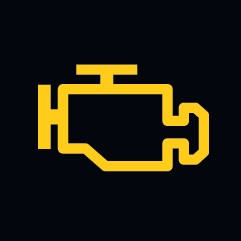
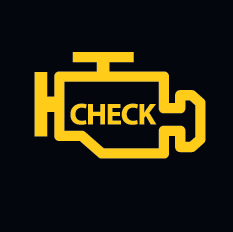
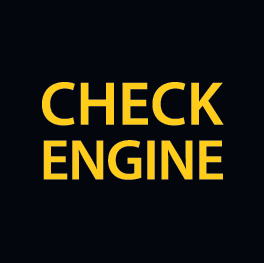
Seatbelt Warning Light
If you see the seatbelt warning light, this simply means that one of the passengers in your vehicle doesn’t have their seatbelt on. This light should go away once all passengers are securely strapped in.
Airbag Warning Light
A red airbag warning light means that something within the airbag safety system isn’t working properly. Whether that is the airbag system itself, the occupant classification system or even the seatbelt tension, these issues could have life-threatening consequences if left unchecked. The airbag is a key safety feature in all cars, so it’s important to get the system checked as soon as possible after the warning light appears.
Power Steering Warning Light
The Power Steering warning light means, quite simply, that something isn’t right with the power steering. While it can be a simple fix and while you can, in theory, drive your vehicle with this light on (though great care should be taken and high speeds should be avoided), it’s important to get it checked regardless. If the system is electrically powered, it could be as simple as rebooting it – simply pull over safely, and try turning the car off, waiting 30 seconds, and switching it back on.
Exhaust Particulate Filter Warning Light or DPF Warning Light
If you have a diesel vehicle, you may see one of these two warning lights. The EPF or DPF warning lights will come on if there is an issue with the exhaust particular filter, a filter which removes harmful soot from the exhaust. This not only reduces emissions but is important for our health, too. If the light comes on, it’s important to get it checked as soon as you can.

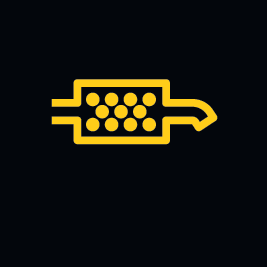
Engine Temperature Warning Light
If the engine is too hot, to the point of overheating, the Engine Temperature Warning Light (red) is likely to come on. This could be because there is limited or no coolant in the vehicle. Stop and check the levels. You can refill the coolant but if the car doesn’t seem to be holding it, this could be because of a leak and will need to be checked and fixed. The overheating could also be due to other issues, such as a head gasket failure – whatever the case may be, this will need to be investigated and solved as soon as possible.
Coolant Levels Warning Light
The coolant levels warning light is the same as the engine temperature light, however, it will appear in amber/yellow. This light simply tells you that the levels are running low and will need to be topped up. Although you can make short trips with this light on – for example, a trip to the store to pick up more coolant – it’s important to get this seen as soon as possible. If the light is coming on regularly, you may have a leak. A car service will help diagnose this issue.
Engine Oil Warning Light – Red
A red engine oil warning light typically means that there is low oil pressure. If you see this warning light appear, you should stop the vehicle as soon as it is safe – ideally immediately – and contact roadside assistance. There may be something seriously wrong with the system that needs repair.
Engine Oil Warning Light – Yellow
If the engine oil warning light is yellow, this means that there could be low oil levels. Stop the car quickly and after letting the engine cool, check the oil level. You have to be on an even surface to do this. If the oil levels are low, you should check which oil your vehicle needs, and add this. Run the car for a few seconds to see if the light goes off and if it remains on, contact a mechanic.
Low Tyre Pressure Warning Light
If your vehicle has a tyre pressure monitoring system (TPMS), you may see the low tyre pressure warning light. Low pressure in your car’s tyres could be a safety concern, as well as cause issues with fuel efficiency. If the light is on, fill the tyres with air to the relevant pressure (you can find this in the car’s manual), though please note that it is best to do this when the tyres are cool.
Battery Warning Light
If the battery warning light has lit up, this simply means that there are issues with the power supply. This could be a low battery, or the generator isn’t working. Whatever the case, drive to the garage if you can, or organise pick-up for your vehicle so this can be diagnosed and repaired quickly.
Anti-Lock Braking System (ABS) Warning Light
The ABS (anti-lock braking system) is a crucial piece of safety equipment for your vehicle, particularly when it comes to making abrupt stops, or driving in difficult conditions. If the ABS warning light has appeared on its own, you should still be able to drive safely for your current journey providing you give enough space, take extra care and conditions are relatively normal. You should still have this checked as soon as possible. If this light is accompanied by the brake warning light, pull over immediately and call for recovery, as this could be a sign that the brake system is failing.
Electronic Stability Problem (ESP) system light
If this warning light appears, this doesn’t mean a fault – it simply means that the ESP (also known as ESC) is currently active and intervening. If you’re driving on a slippery road or difficult terrain, this is expected. If the light appears to be stuck on, even in normal driving conditions, this could suggest a problem with the system. If this light appears with the word ‘OFF’, you may have turned the system off.
Brake Pad Warning Light
The brake pad warning light will appear when the sensors determine that the brake pads are wearing too thin. This light will usually come on long before it becomes dangerous, however, you should ideally have the brake pads changed as soon as possible after the light appears.
Low Fuel Indicator
This symbol, quite simply, tells you that you’re low on fuel. Each vehicle will have a different level in which this will appear, but it’s best to get to the nearest petrol station to fill up. If you aren’t sure whether your vehicle will make it, check the handbook for information regarding how much fuel is left.
Warning lights can tell us that something is not quite right with our vehicles long before we ever notice ourselves. Paying attention to these lights and acting accordingly will ensure that your car remains drivable and that you are safe out on the road. For more information or to book your car in for repairs or a service, get in touch with a member of our team, today.

